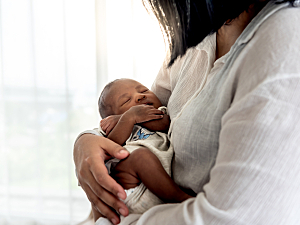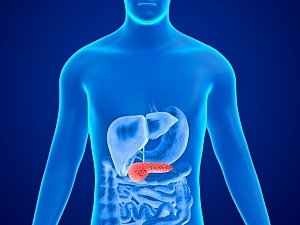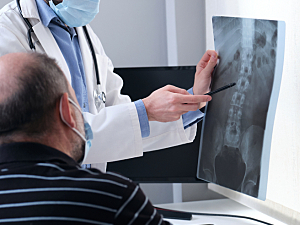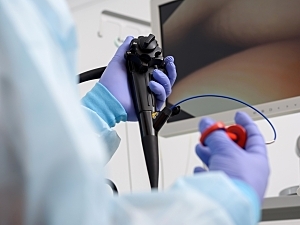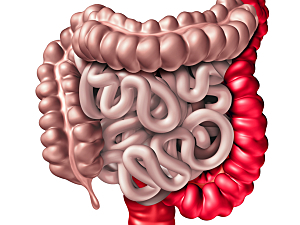Factors Predicting 30-Day Readmission of Substance Users With Acute Pancreatitis
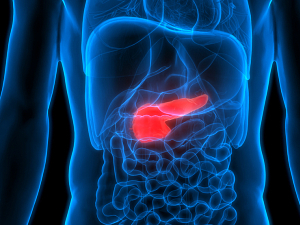
Brigham and Women’s Hospital researchers recently conducted the first comprehensive study on healthcare utilization and readmission among U.S. patients with acute pancreatitis who use opioids and report on several factors that predicted 30-day readmission in this population.
Read More...
